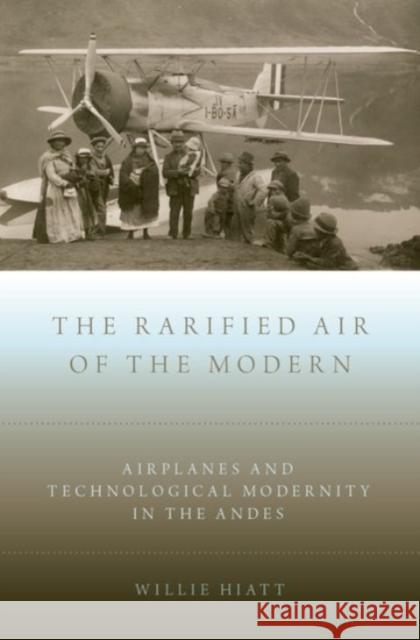Rarified Air of the Modern: Airplanes and Technological Modernity in the Andes » książka
topmenu
Rarified Air of the Modern: Airplanes and Technological Modernity in the Andes
ISBN-13: 9780190248901 / Angielski / Twarda / 2016 / 248 str.
From the moment news reached Peru in 1910 that Jorge Chavez Dartnell, a pilot of Peruvian parentage, had become the first man to fly across the Alps, aviation fired the imagination of the masses in his home country. His and other Peruvian pilots' achievements generated great optimism that this technology could lift Peru out of its self-perceived backwardness and transform it into a modern nation.
Though poor infrastructure, economic woes, a dearth of technical expertise, and frequent pilot deaths slowed Peru's domestic aviation project, diverse groups saw in airplanes their own visions for Peruvian renewal. In this book, Willie Hiatt shows how politicians, businessmen, and military officials promoted the project as critical to the nation. At the same time, indigenous communities and provincial residents willingly gave up land for airfields, raised money to purchase aircraft for the military, named airplanes after sponsoring civic groups, towns, and regions, and breached police cordons at flying exhibitions to get close-up looks at planes and pilots. By 1928, three commercial lines were transporting passengers and goods from far-flung regions of the Amazon, highlands, and coast to Lima and beyond. Tracing the development of Peruvian aviation from heroic individual feats to essential infrastructure, The Rarified Air of the Modern shows how Peruvians mobilized airplanes to reflect their technological progress, their modern identity, and their nation's intertwining with the history of the West.










